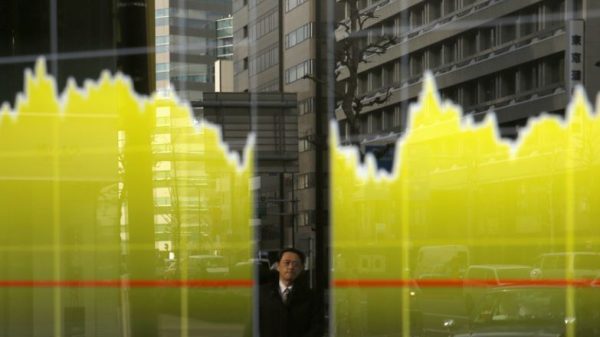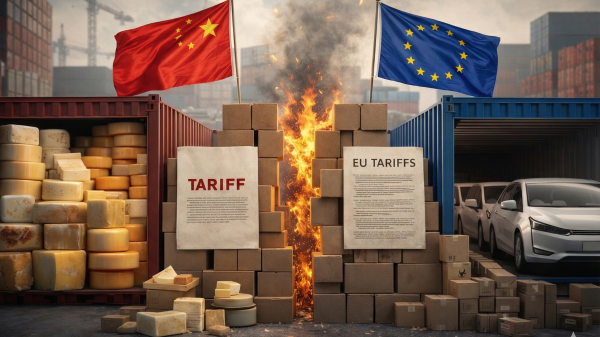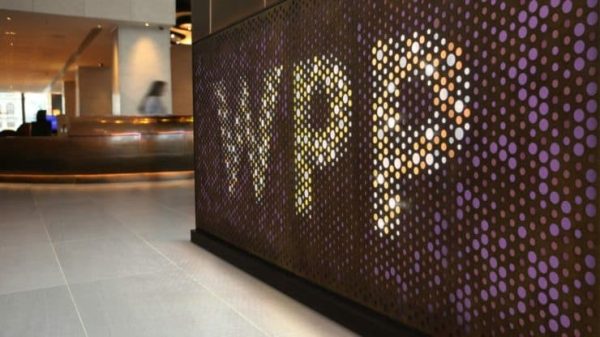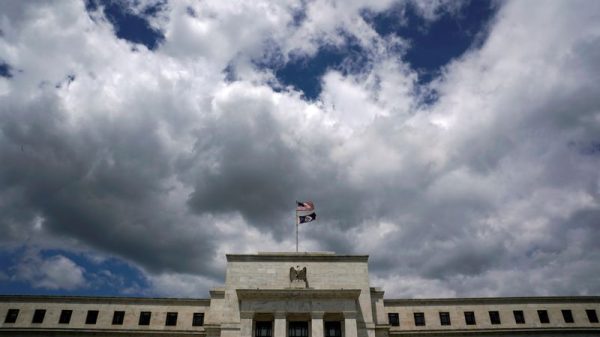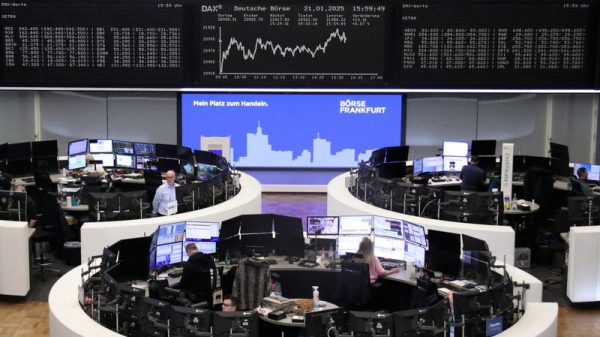On August 5, Donald Trump confirmed that the United States will impose tariffs on imported pharmaceuticals. Semiconductor tariffs are also on the way, with the president promising details within days.
These moves come on top of the broader “reciprocal tariffs” policy that has already placed 10 to 41 percent duties on imports from dozens of countries.
Chips and drugs are the new targets, and the rationale is strategic, as the supply chains for both industries are global and fragile.
What Trump is proposing is a direct attempt to force production shifts and extract political leverage from uncertainty. And while the headlines have focused on the tariff numbers, the real story lies in how these measures could reshape industries, markets, and corporate behavior before a single rate even takes effect.
Why pharmaceuticals are the first test
At first glance, the new drug tariffs look straightforward: bring manufacturing home, punish foreign suppliers, and lower costs for American consumers. But the math does not work that easily.
The United States imports roughly 80% of its active pharmaceutical ingredients (APIs), with India and China dominating the market. Trump’s proposed tariff escalation from “small” to 250% is designed to trigger a move in production.
But this ignores the fact that building a new US drug plant is a multi-year project. Facilities require FDA approval, specialized equipment, and trained staff. Even if the industry wanted to comply, the timeline is impossible.
Instead, what happens next is predictable. Generic manufacturers, who operate on thin margins, will be hit hardest. Their prices will spike, and some may exit the US market entirely. That means fewer suppliers for basic medicines and a greater risk of shortages.
The branded pharmaceutical giants such as Pfizer, Merck, Johnson & Johnson, are better insulated. They already control their intellectual property, and tariffs will do little to change their pricing power. In fact, tariffs could strengthen their position by knocking out low-cost rivals.
This is a straight-forward market triage. And if history is any guide, patients will feel the effects long before new US factories come online.
What Trump’s chip tariffs are really about
Semiconductors are different. Trump has not yet revealed the tariff rates, but his decision to announce them separately is not a coincidence. Chips sit at the center of US industrial strategy, and tariffs are a tool not just for revenue but for negotiation.
The US has already spent more than $50 billion through the CHIPS Act to bring advanced manufacturing home. Yet most chip production still takes place in Taiwan, South Korea, and increasingly in China.
By holding back the details of chip tariffs, Trump has created a zone of deliberate uncertainty. That uncertainty is already doing the work of a tariff.
Multinationals that rely on chips like cloud providers, automakers, electronics manufacturers are now facing a defining big choices. Either wait for the White House to move or shift sourcing ahead of time.
Some are already accelerating procurement from non-Chinese suppliers. Others are rethinking where they will build their next data centers. The tariff has not even been written, but the market is reacting to its shadow.
There is another layer that few are discussing. If the tariffs include not just chips but semiconductor manufacturing equipment, US chipmakers building domestic fabs could see costs rise sharply.
Equipment from Japan and Europe would be hit, squeezing margins for Intel, TSMC’s Arizona plant, and others just as they ramp construction. What looks like a weapon against foreign competitors could also strain the companies Trump says he wants to help.
The legal wild card that nobody is pricing in
Trump’s entire tariff regime rests on the International Emergency Economic Powers Act (IEEPA), the same law his “reciprocal tariffs” used earlier this month. But this authority is under appeal in federal court.
A decision from the Federal Circuit could come within weeks, and if it goes against the White House, the legal basis for the new tariffs may collapse.
Markets are not trading this risk. Investors are focused on the size of the tariffs, not the fact that they may be reversible. But corporations cannot ignore it. If the legal challenge succeeds, and tariffs are struck down retroactively, it would leave companies that restructured their supply chains with sunk costs and no clear recourse.
This is why some firms are not waiting for certainty. They are hedging now, front-loading inventory and negotiating alternative suppliers before the rules are written.
This is policy by ambiguity. The threat, not the implementation, is what is driving behavior.
What investors are missing
Wall Street has treated the tariff headlines as political theater. Semiconductor stocks sold off slightly after Trump’s remarks, then recovered. Pharma stocks barely moved. But this misses the point. The short-term price action tells us nothing about what is happening inside boardrooms.
The real story is in the supply chain. A 150% tariff on drugs is not a policy that can be “waited out.” Generic producers cannot eat that cost. They will either pass it on or exit the market.
That creates opportunities for companies with strong domestic footprints like Catalent or Viatris, but it also increases the risk of systemic drug shortages.
In chips, the risk is less immediate but potentially more profound. US tech giants like Nvidia, AMD, and Apple depend on a highly optimized, globalized supply chain.
A tariff regime that even partially disrupts that flow could raise costs and slow down product cycles. If tariffs also hit semiconductor equipment, it will directly raise the capital expenditure curve for US fab projects, potentially delaying their break-even timelines by years.
These are second-order effects that do not show up in quarterly earnings calls but will matter in valuation models. They also explain why some of the smartest capital in the market is quietly rotating into domestic infrastructure plays while trimming exposure to import-heavy manufacturers.
Why this matters far more than the headline numbers
The public debate has focused on whether Trump will really go as high as 250% on pharma or how steep the chip tariffs might be. That misses the deeper point.
The timeline is the policy. By announcing tariffs in phases, Trump forces companies to move before they know the final number. By holding back details on semiconductors, he injects strategic uncertainty into an industry that cannot afford to wait.
This is why the most important market effects will be invisible until they are already underway. Drug shortages, sudden shifts in chip equipment orders, unexpected factory announcements in North America, these are the signs to watch.
The tariffs themselves may never fully materialize, or they may be struck down in court. But the pressure they are creating is real, and it is already affecting how two of the world’s most critical industries operate.
This is not just a trade story. It is an economic experiment in using uncertainty as policy. And whether it succeeds or fails, the costs will not be abstract. They will be measured in drug prices, chip lead times, and balance sheets.
The post Trump’s tariff gamble on chips and drugs could change everything appeared first on Invezz

